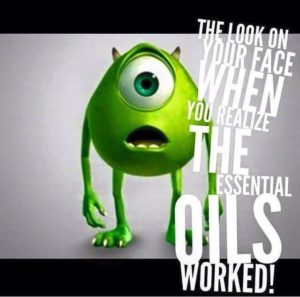
Welcome back to “Essentially, Oils!”
I always like to begin on a light-hearted note… and there are so many good essential oil memes out there!
I want to start off this series by laying the foundation for all of the remedies and recipes I will be sharing. Please read all the way through – each step builds off the one before to build a complete picture!
Part I: Laying the Foundation – what’s the deal with these essential oils?!
What are essential oils?
Essential oils are extracted from the flowers, leaves, roots, barks, and peels of plants.
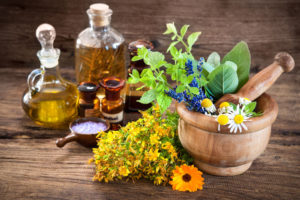
Why are they called “Essential” oils??
Quintessential means “embodying or possessing the essence of something.” The oils extracted from the plants embody the essence – or quality – of the plant. Essential is an abbreviated version or the word quintessential. (Quintessential also has a historical translation meaning quinta esssentia, or ‘the fifth sense,’ which when combined with earth, air, fire, and water, makes a complete being.)
How do essential oils differ from cooking oils?
There are two classes of oils: fixed oils and volatile oils. Fixed oils (like olive oil and coconut oil) stay in place when they are applied – that’s why your hands get greasy when handling cooking oils – they generally stay on the surface of your skin. On the other hand, volatile oils evaporate very quickly and can pass into the body and through the skin rapidly. (Volatile = easily evaporated) It is the volatile quality that makes essential oils effective in aromatherapy. As the oil is released into the air, the vapor carries the oil’s scent and molecules!
How do essential oils work?!
This is where it gets fascinating! Plants naturally produce chemicals that enable them to thrive in their environment. For example, the oregano and thyme plants produce chemicals to naturally repel pathogenic bacteria, viruses, and parasites as a means of survival. Flowers use scents to attract pollinating bees – and women use those scents of rose, jasmine, and lavender flowers to attract men. When humans use these oils, our bodies can benefit in the same way as the plants.
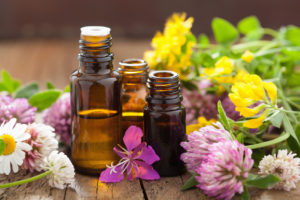
Essential oils are safe, right?
Usually, yes. Just as people are allergic to plants in the environment, they could also have allergic reactions to the oils of the plants. It’s always a good idea to test a small area before using a typical recommended dose. Additionally, some plants have medicinal qualities that could interfere with medications or medical conditions so it’s always best to check with a healthcare professional if you are unsure.
Can essential oils cure diseases?
In many instances, studies have shown correlations between using an oil and an associated health benefit. Clinical and anecdotal evidence have suggested cures for conditions ranging from the common cold to cancer. It is important to note that essential oils derive their greatest benefit when used in conjunction with a whole-food, health-supportive diet and other natural lifestyle remedies. That being said, essential oils can have tremendous impacts on specific health conditions if used properly.
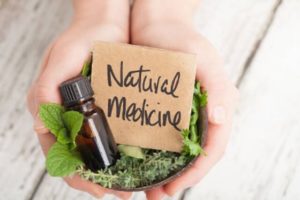
Part II: Aromatherapy – perky peppermint and soothing lavender!
Throughout the series, I will be sharing 3 different ways to use essential oils: aromatically, topically, and internally. At Matt’s request, let’s start with aromatherapy!
The molecules released by the evaporation of the oils can stimulate very powerful mental, emotional, and physiologic responses in the body.
Direct inhalation: breathing in a concentrated amount of an oil
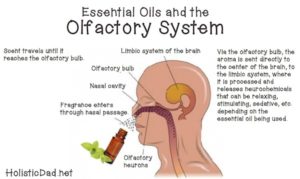
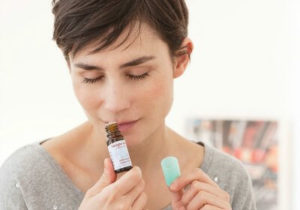
This can be done in 3 ways:
- open the bottle and breathe in the aroma
- place a drop or two in your hands and cup them around your nose to inhale (be sure to dilute appropriately with a carrier oil if needed)
- place a drop or two on a cloth and hold it close to your nose to inhale
The inhaled molecules travel quickly through the nasal passages, reach the brain, and produce their associated calming or stimulating effect. They can also clear respiratory passages or reduce headaches quite effectively!
Diffusing: oil is evaporated into the surrounding environment with a diffuser
The benefits of this method not only include changes in your brain or mood (as in direct inhalation) but can also clean the air by killing airborne pathogens.
To purify the air, combine any or all of these oils in a diffuser: Lemon, Clove, Orange, Cinnamon, Eucalyptus, and Rosemary

Spray Bottle Method: mix oil with water in a GLASS bottle and spray when needed!
I do this frequently with peppermint. In a small 4 ounce bottle I combine about 15-17 drops of peppermint with water and use it as a great wake-up body mist in the morning or to stay energetic in the afternoon. It is GREAT to cool down in the summer just by spraying some on your neck and wrists. I also keep it in my purse as a handy breath freshener! Be sure to use GLASS bottles – not plastic – as the strong oils can leech into the plastic.
If you want to learn more, check out Dr. Axe’s comprehensive explanation of Aromatherapy: https://draxe.com/what-is-aromatherapy/
Thank you SO MUCH for reading! Thank you to everyone who gave feedback from last week’s post!!! I’ll be answering all of the questions I received!
Until next time, here is how a tour of our house usually goes….
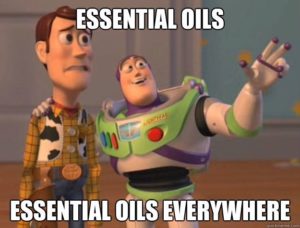
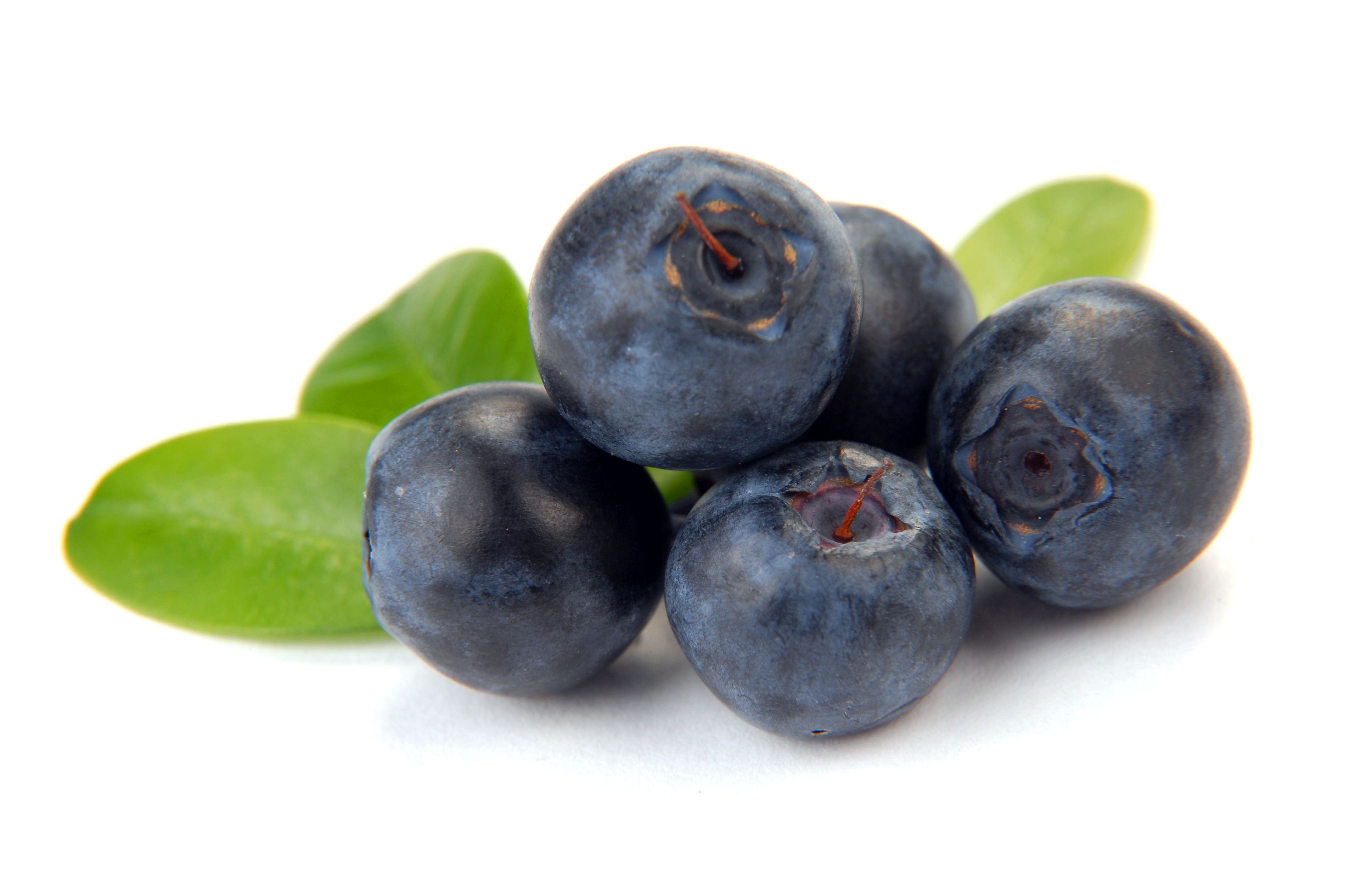
Hey Heather! Great article, informative and well-researched. I really enjoyed reading it because I have had trouble finding reliable information on this topic so I am glad you broke it down into separate parts about how essential oils can be used. The fixed vs. volatile oils was very interesting for me because I have a book that recommends how to go about making your own essential oils with herbs but never explained this aspect of things. I’m wondering what kind of oils are classified as volatile and if I can make essential oils with them from the herbs I grow in my garden. Coincidentally, my sister got my mom a diffuser just like the one that you posted in your article so we are enjoying the benefits of that now. Also, I started using a topical essential oil mixture that supposedly promotes good dreaming; I can’t say my dreams are any better but I can say that on the night I didn’t use it I got worse sleep! I’m not sure how effective that one is though, but I have tried aromatherapy with it before bed and I feel it calms me down a bit. Looking forward to the rest of the series! Oh and I appreciate the special mention!
I’m so glad you enjoyed it and were able to learn more about essential oils – they truly are unique and fascinating! I have also done some reading on the distillation process but I was not aware that it is something that can be done at home.
Out of curiosity, which oils were you using in the dreaming blend? My first thought is that Frankincense would be ideal for this, as it is often used in prayer and spiritual settings to bring the mind to a relaxed and abstract state. I love diffusing lavender and/or frankincense as I sleep, pray, or meditate!
I appreciate your feedback and I’m sure we’ll be able to learn from each other in future posts 😉